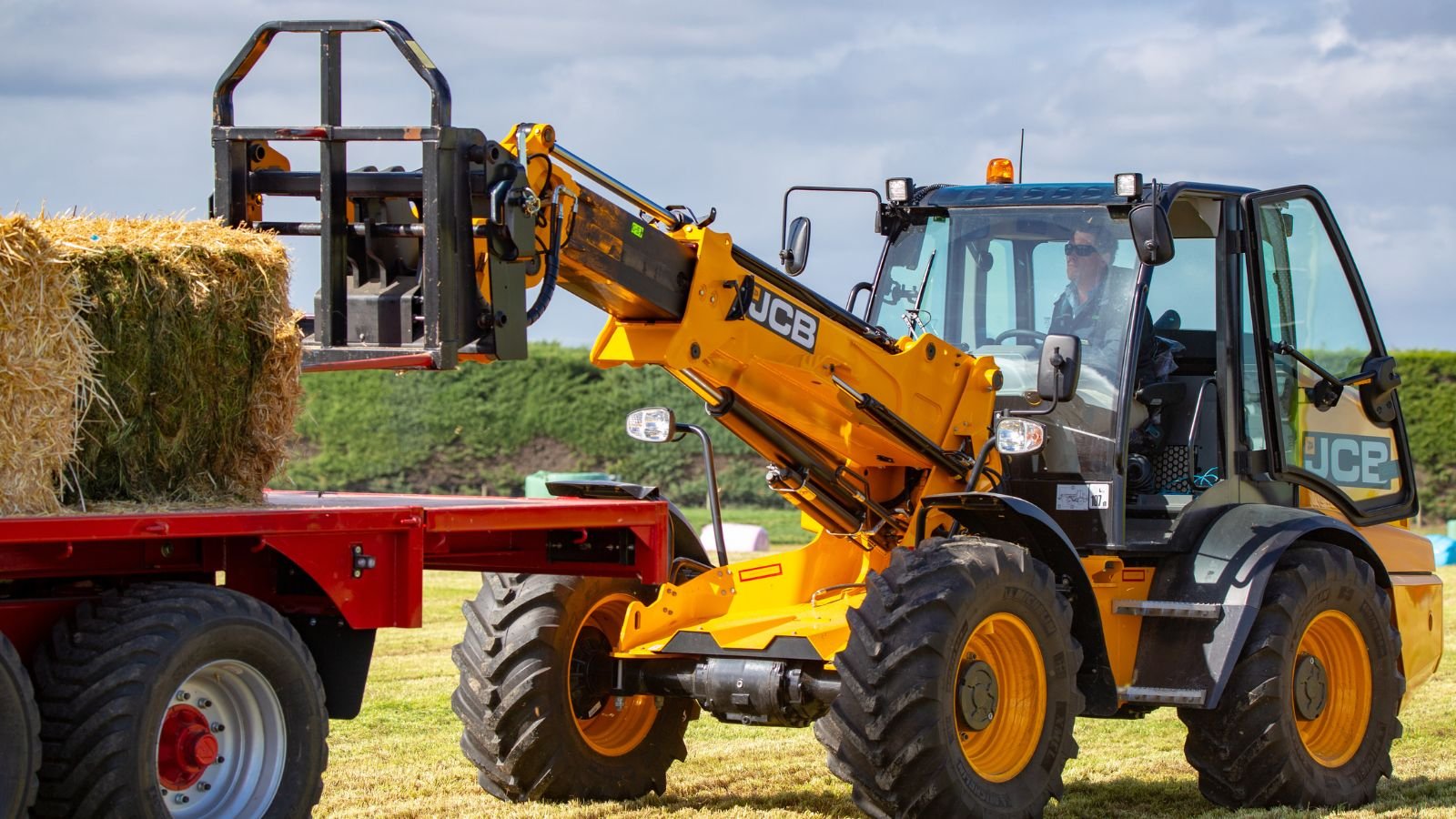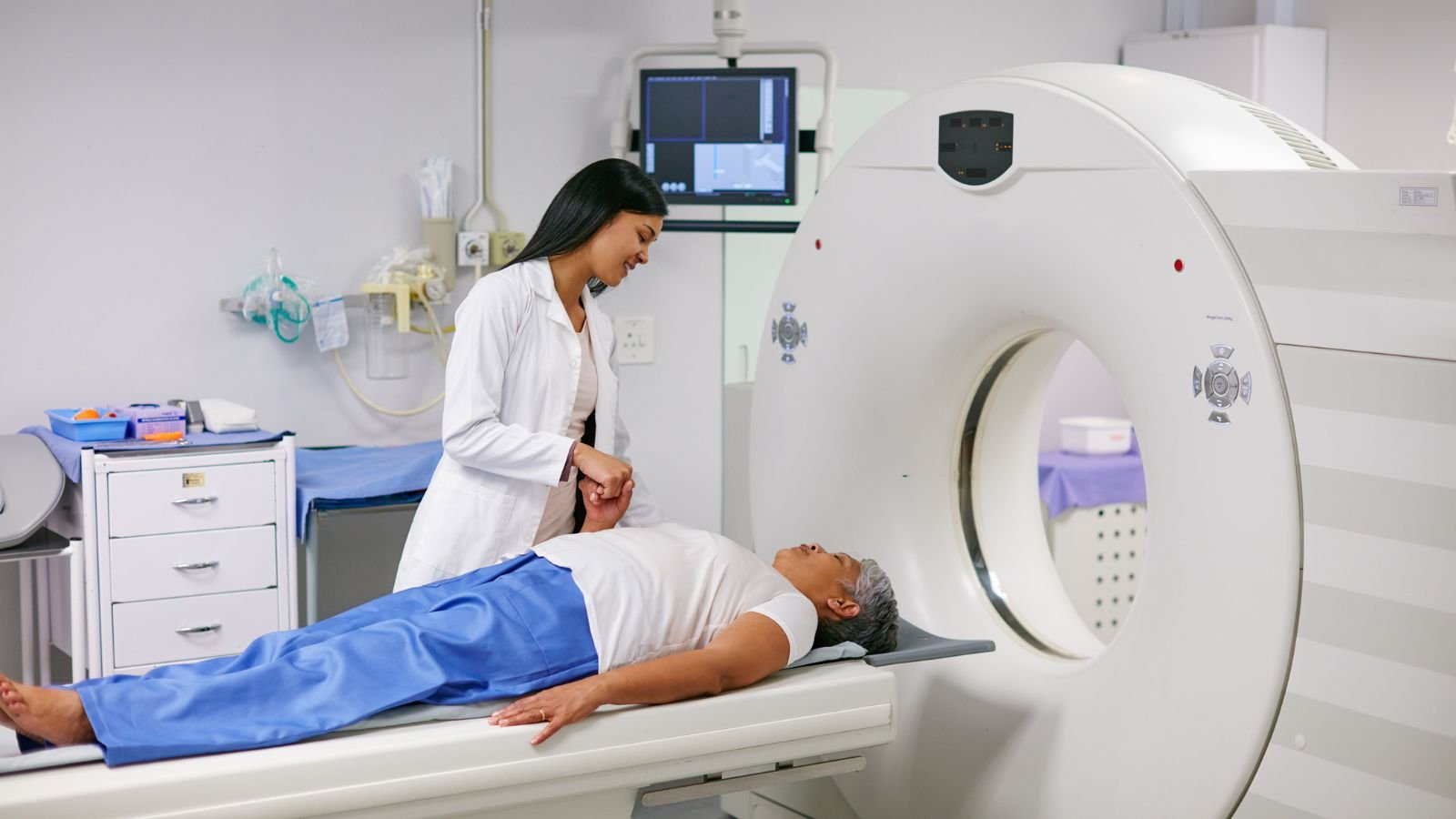America’s history is rich with innovations that have transformed the world. From communicating to traveling, these inventions continue to shape our lives. While there are countless impactful inventions, we can’t discuss them all.
We meticulously examined online archives and consulted various resources to compile our list. We picked inventions that made a big difference in history and still matter today. With this approach, we’ve identified vital innovations to explore. Let’s delve into them.
The Telephone

Without this invention, we would still have sent letters to communicate with people living afar. In 1876, Alexander Graham Bell revolutionized communication with the telephone.
This early version had a mouthpiece and earpiece connected by wire. This allowed voices to travel electrically. Telephones quickly became popular, making long-distance connections possible for everyone. This forever changing how we stay in touch.
The Light Bulb

In 1879, Thomas Edison invented a practical light bulb with a long-lasting filament. This invention brought safe and bright electric light to homes and businesses, ending the need for dangerous and smoky options.
Light bulbs extended our day, allowing us to work and play longer after sunset. Today, various forms of electric lighting illuminate our world, making nights brighter and safer.
Headset

Headsets, combining headphones and a microphone, allow for hands-free communication. They were developed in the 1880s for early telephones. However, they later evolved for use with radios and other audio equipment.
Headsets became essential for switchboard operators and revolutionized communication in different fields. They are now an essential to industries like aviation, gaming, and call centers.
Today, wireless headsets connect us to phones, computers, and even virtual reality, keeping our hands free for other tasks.
Motion Picture

Movies, also known as motion pictures, started in the late 1800s. Many inventors worked on this idea. They took many pictures quickly, one after another, to make it look like they were moving. They became a popular form of entertainment, and people loved it. Now, movies are a big part of culture all over the world. They entertain us and inspire our creativity.
Tesla Coil

The Tesla coil is a transformer circuit that produces high-voltage, low-current electricity. It was invented by Nikola Tesla in 1891. Tesla envisioned using it for wireless power transmission. However, it has found practical applications in radio technology and medical treatments.
Hearing Aid

Imagine a megaphone for your ear. That’s basically what early hearing aids were like. In the 1800s, people with hearing loss used ear trumpets to collect and amplify sounds. Over time, these became electronic, using batteries and tiny speakers.
Miller Reese Hutchison invented the first electronic hearing aid in 1898. It was much louder and more precise than the previous models. Today’s hearing aids are nearly invisible and can adjust to different environments. This invention helped millions reconnect with the world around them.
Air Conditioning (AC)

We rely on air conditioning (AC) to beat the heat today, but it was only sometimes this way. Until 1902, people had to endure hot summers without it. Willis Carrier changed that by inventing the first modern AC. It works like a big fridge, taking out the hot air and cooling the room. ACs are ordinary everywhere, making hot days much easier to handle.
The Airplane

We all once dreamed of flying like birds as kids, and this invention gives us the closest experience to that. In 1903, the Wright Brothers made the first successful flight. Their lightweight design with wings and a propeller allowed humans to take flight for the first time.
Airplanes quickly transformed how people traveled. Airplanes made journeys across continents possible in a fraction of the time it took by ship. Today, airplanes connect people and cultures around the globe.
Traffic Lights (Electric)

Electric traffic lights, invented in 1914 by Garrett Morgan, were a game-changer for busy intersections. These early lights used red and green signals to control traffic flow. They were designed to prevent collisions and keep things moving.
Today’s traffic lights are much more complex. They often incorporate pedestrian signals and timers for even better traffic management.
Bulldozer

Bulldozers are like tractors with super strength. In the 1920s, combining a powerful engine with a large blade revolutionized land clearing and construction. Bulldozers helped build roads and dams and even prepared land for houses. They’re still essential today for any big project that requires major earthwork.
The Internet

This American invention took several years and the joint efforts of multiple researchers. However, the work began in the 1950s. It revolutionized communication by creating a global network of interconnected computers. Information sharing became instantaneous, fostering international collaboration, social connection, and e-commerce.

Ray Tomlinson is credited with creating the first email program in 1971. Email transformed communication by allowing it to send and receive mail almost instantly. So naturally, it replaced traditional mail for many purposes. E-mail’s influence continues with the rise of webmail and mobile apps, making it an essential communication tool.
Personal Computers

The personal computer (PC) emerged in the 1970s through the efforts of multiple pioneers. These early machines made computing accessible to individuals and businesses. PCs brought computing power to homes and offices.
It introduced new applications like word processing, spreadsheets, and games. They revolutionized work and personal productivity, which promoted more and more innovations.
Global Positioning System (GPS)

The US Department of Defense created the Global Positioning System (GPS) in the 1970s. It uses satellites to give exact locations and times to GPS devices worldwide. GPS has changed how we navigate, making things like driving, hiking, and responding to emergencies better and safer. Today, GPS is used in many fields, and its use keeps growing.
Magnetic Resonance Imaging (MRI)

MRI machines are like giant magnets that take detailed pictures of the inside of your body. Invented in the 1970s, MRIs use radio waves and strong magnetic fields to create images. They help doctors diagnose injuries and diseases and even monitor treatment. MRIs revolutionized modern medical practice by providing fast, nondestructive, and noninvasive observation at a microscopic scale.
Plastic

From water bottles to toys, plastic is everywhere. In 1907, scientists developed various synthetic materials we now call plastic. These lightweight, moldable materials revolutionized manufacturing, creating countless new products. While plastic waste is a concern today, it also plays a vital role in medical devices, food packaging, and countless other applications.
